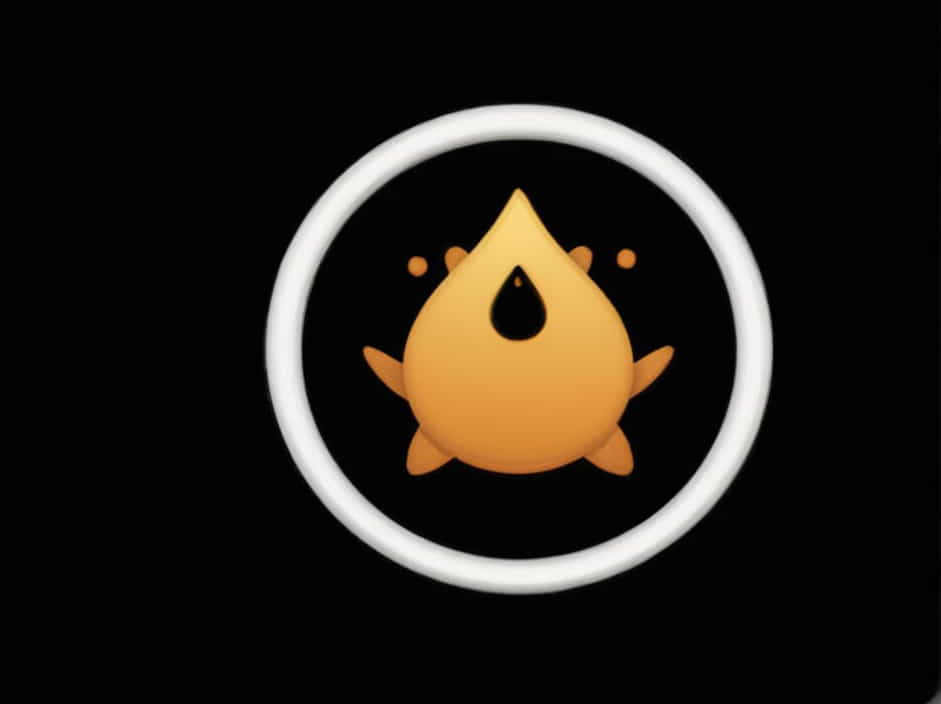Have you ever approached someone, confidently greeted them, only to realize they are a complete stranger? Saying, “Sorry, I mistook you for someone else,” is a common experience, but it can lead to various social reactions, from laughter to awkwardness.
Misidentification happens for many reasons, including similar appearances, cognitive biases, and psychological factors. In this topic, we’ll explore why it happens, how to handle it, and how it affects social interactions.
Why Do We Mistake People for Others?
1. Similar Appearances
The most obvious reason for misidentification is physical resemblance. If two people share similar facial features, hairstyles, or even clothing styles, our brains may register them as the same person, especially in a brief encounter.
2. Memory and Recognition Errors
Our brains rely on memory shortcuts to recognize faces. Sometimes, these shortcuts fail, causing us to associate someone with a person we already know. This happens more often when we’re tired or distracted.
3. Environmental Factors
Lighting, distance, and movement can all affect how we perceive a person’s face. A quick glance in a crowded place or dim lighting can lead to mistaken identity.
4. Cultural and Social Influences
Studies suggest that people may have difficulty distinguishing faces from ethnic backgrounds different from their own. This is known as the cross-race effect and is a well-documented phenomenon in psychology.
5. Contextual Assumptions
If you expect to see someone in a certain location, your brain might “fill in the blanks” and mistake a stranger for a familiar person. For example, if you see someone in a store where a friend often shops, you might assume it’s them.
The Social Impact of Misidentification
1. Awkwardness and Embarrassment
Realizing you mistook a stranger for someone else can be awkward. The other person might be confused, and you might feel embarrassed for approaching the wrong individual.
2. Humor and Icebreakers
In many cases, these moments become funny stories. People often laugh off the mistake, and it can even serve as a lighthearted icebreaker in social situations.
3. Trust and Perception
Repeatedly mistaking someone for another person might make you seem inattentive or careless. On the other hand, it can also show that you have a strong memory for faces, even if it’s not always accurate.
4. Psychological and Emotional Effects
Being mistaken for someone else frequently can be frustrating. It might even lead to questions about identity and individuality, especially for twins or people with very common features.
How to Handle a Misidentification Situation
1. Apologize and Acknowledge the Mistake
Simply saying, “I’m sorry, I mistook you for someone else,” is usually enough. Most people understand that these mistakes happen.
2. Stay Calm and Polite
Don’t panic or over-apologize. A brief, friendly acknowledgment is better than making the situation more uncomfortable.
3. Lighten the Mood
If appropriate, you can joke about the situation, saying something like, “You have a twin out there somewhere!” This can make the encounter feel less awkward.
4. Learn to Improve Facial Recognition
If you find yourself making these mistakes often, try improving your facial recognition skills. Pay closer attention to details like eye shape, voice, or body language.
5. Use It as a Conversation Starter
If the person reacts positively, the encounter could turn into a friendly conversation. This might even lead to new social connections.
When Misidentification Becomes a Serious Issue
While everyday cases of mistaken identity are harmless, there are instances where it can have serious consequences.
1. Legal Implications
Misidentification in criminal cases has led to wrongful convictions. Eyewitness testimonies are sometimes unreliable because people can mistakenly identify suspects who look similar to the real offender.
2. Security and Privacy Issues
Facial recognition errors in security systems can lead to mistaken arrests or access being denied to the rightful person.
3. Psychological Impact on Victims
People who are constantly mistaken for others, such as celebrities or public figures, may struggle with loss of privacy or unwanted attention.
Mistaking someone for another person is a common social mishap that happens for various reasons, from physical resemblance to cognitive biases. While usually harmless, it can lead to moments of embarrassment or laughter. By handling these situations with politeness and humor, we can turn awkward encounters into positive social experiences.
At the same time, serious cases of mistaken identity—such as in legal or security settings—highlight the importance of accuracy and awareness in human recognition. Understanding the psychology behind these mistakes helps us navigate them more smoothly and become more attentive in our interactions.
